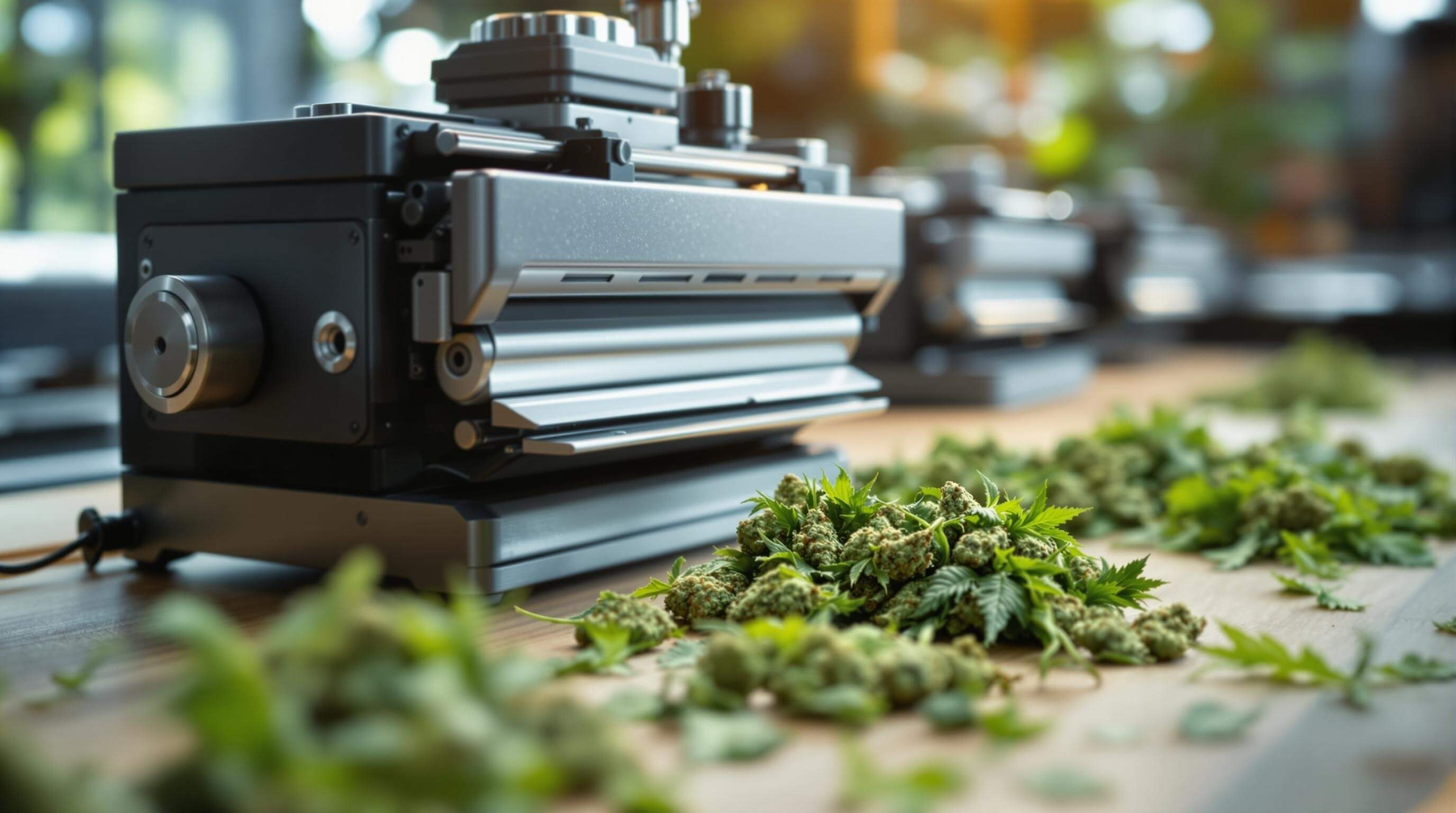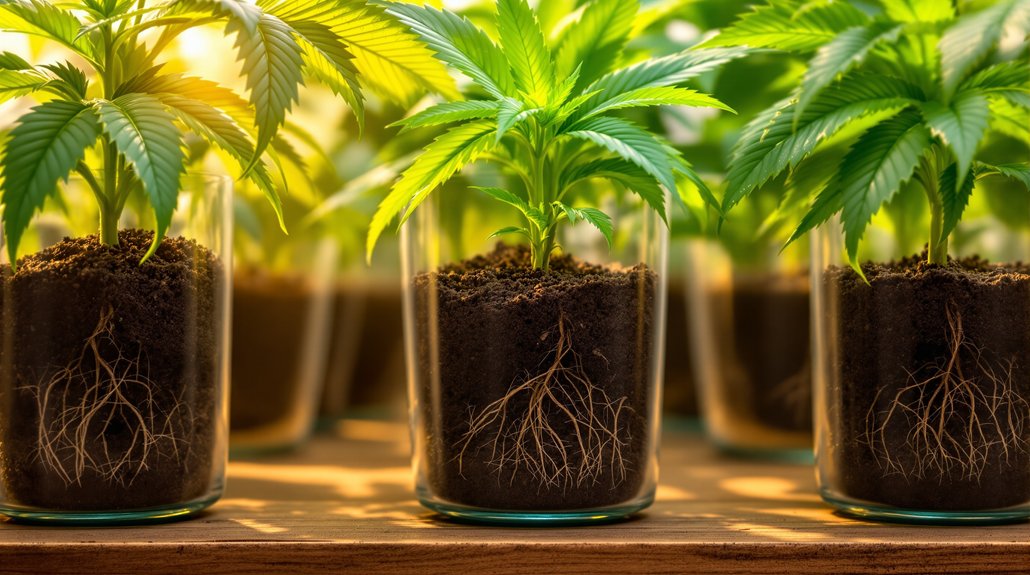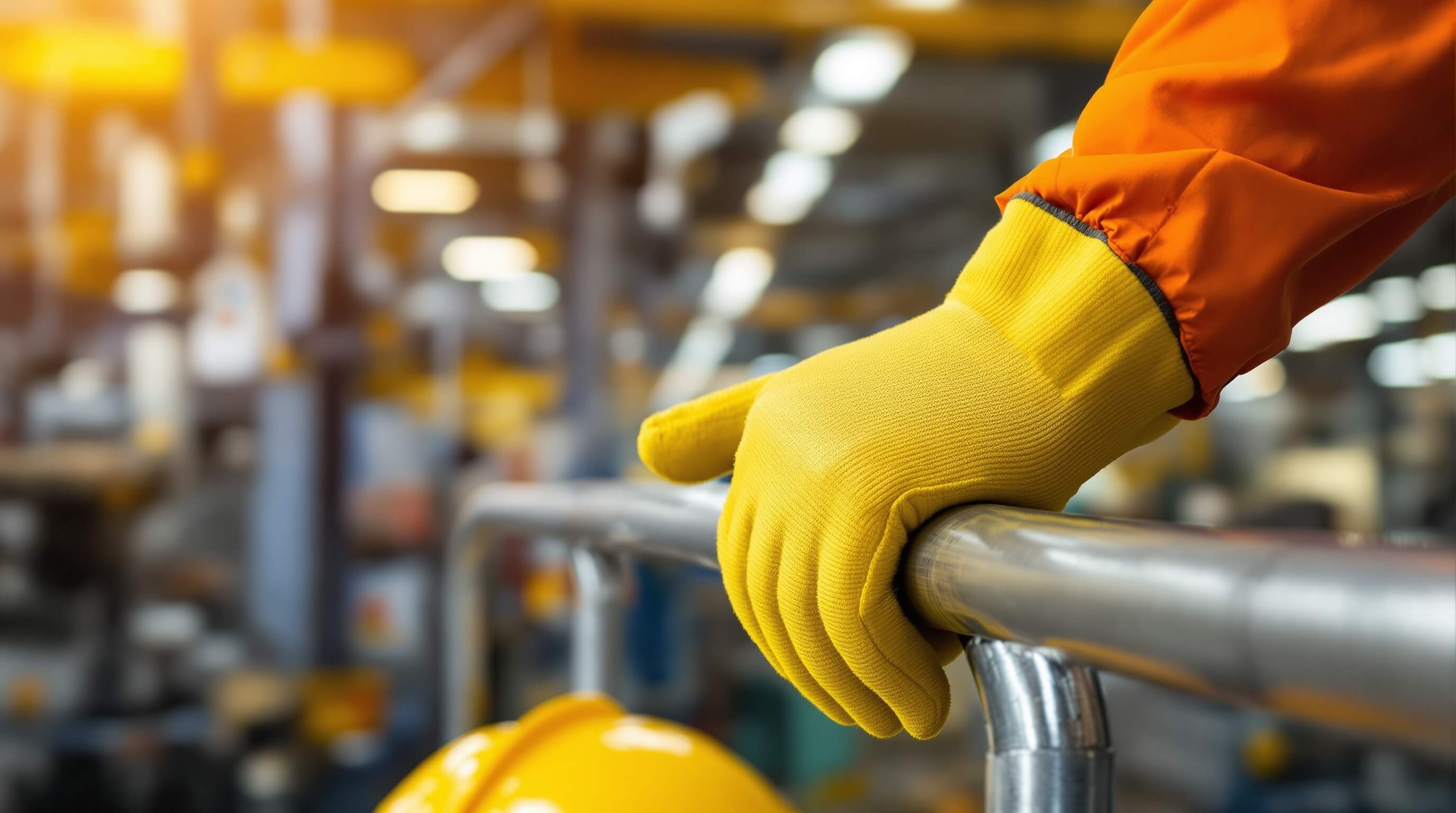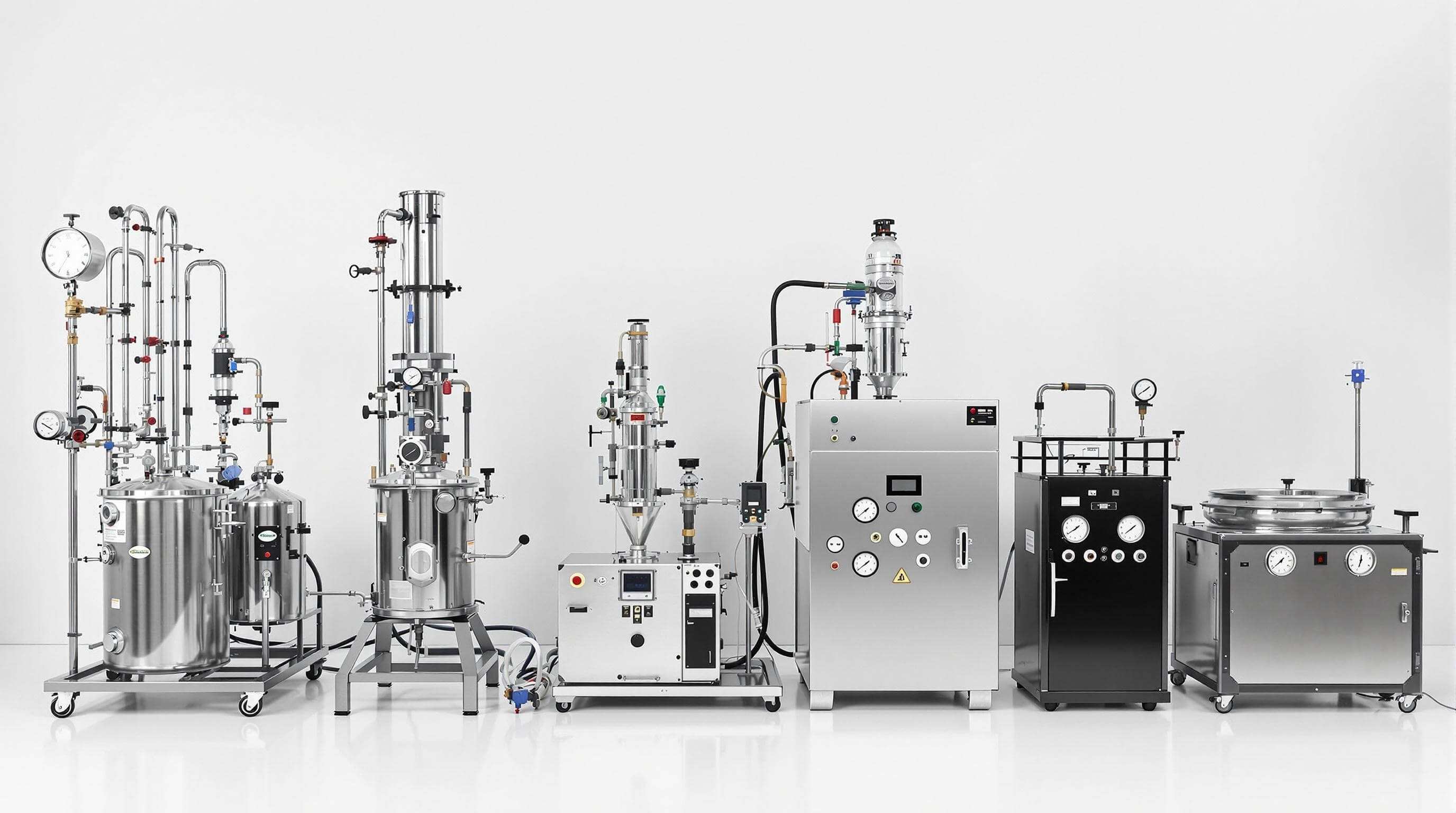Selecting the right cannabis trimming machine requires evaluating several key factors. First, consider production capacity needs—batch trimmers suit smaller operations while throughput systems handle larger volumes. Next, determine whether wet or dry trimming aligns with your quality goals and operational workflow. Build quality impacts longevity, with surgical-grade components offering superior precision. Finally, assess maintenance requirements and operational costs, including labor savings potential. The difference between an efficient operation and costly downtime often hinges on these critical selection criteria.
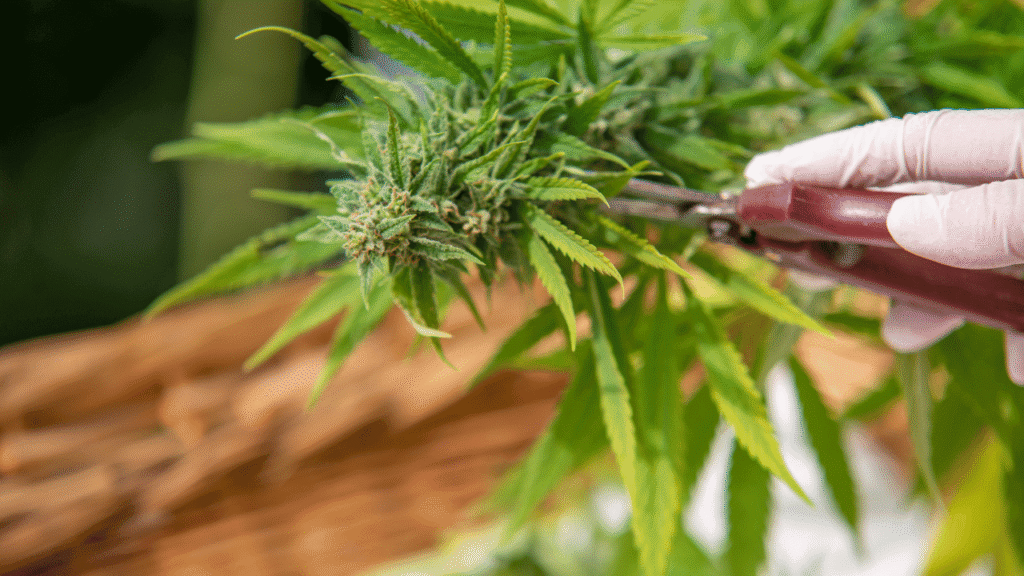
When facing the prospect of post-harvest processing, cannabis cultivators must navigate the complex landscape of trimming technology that can greatly impact their operation’s efficiency and final product quality. The fundamental decision between batch and throughput designs represents the initial consideration in this selection process. Batch trimmers process multiple buds simultaneously in a single container, typically offering a lower initial investment for smaller operations.
Throughput systems, alternatively, provide continuous processing and generally handle higher volumes more efficiently, making them suitable for larger-scale production facilities.
Compatibility with wet or dry trimming methods constitutes another essential factor. Some machines specialize exclusively in one method, while dual-compatible trimmers offer flexibility between processing approaches. Wet trimming typically results in faster processing times, whereas dry trimming often preserves more trichomes and potentially yields higher quality product. Batch style trimmers are specifically designed for dry flower with moisture content between 5%-9%, as wet leaves are too pliable for this method.
Choosing between wet and dry trimming compatibility impacts both processing speed and final product quality considerations.
With over 30 different automatic trimmers available on the market in 2025, cultivators must carefully evaluate which approach aligns with their production goals.
Production capacity requirements should match machine capabilities to optimize efficiency. Trimming capacity ranges from small personal units to industrial-scale machines, with some systems offering expandability through coupling multiple units. The residence time—how long product stays in the machine—significantly affects both quality and output volume.
Machines with faster trimming speeds may sacrifice quality if not properly designed to protect the integrity of the flower.
Build quality and material construction directly impact longevity and maintenance requirements. GMP-ready designs provide better sanitation and compliance with regulations, while surgical-grade components offer precision and durability advantages.
The difference between sheet metal tumblers and cable systems influences both performance characteristics and long-term maintenance needs.
Adjustability features provide vital versatility for different cannabis strains. Tumbler rotation speed, tilt angle adjustments, blade speed settings, and vacuum power controls all contribute to optimizing trim quality and efficiency.
These adjustable parameters allow cultivators to fine-tune their process for specific product characteristics.
Maintenance requirements greatly influence operational efficiency. Integrated vacuum systems, accessible blade replacement mechanisms, and simplified cleaning procedures reduce downtime between batches.
Beyond the initial purchase price, cultivators must consider operational costs including power consumption, replacement parts, and labor requirements. Mechanical trimmers can significantly improve operational efficiency, reducing processing labor costs by up to 75 percent compared to traditional hand trimming methods.
Additional automation features like conveyors, sorters, and buckers increase initial investment but may improve long-term return on investment through enhanced throughput efficiency and reduced labor costs.
Frequently Asked Questions
How Often Should I Clean My Cannabis Trimming Machine?
Cannabis trimming machines should be cleaned after each session to maintain peak performance.
Manufacturers’ guidelines provide specific intervals, though operations with heavy usage may require multiple cleanings per day.
Resin and plant matter build-up greatly reduces efficiency and can lead to mechanical issues over time.
Regular cleaning prevents product contamination, extends equipment lifespan, and guarantees consistent quality.
Allowing residue to accumulate makes future cleanings more difficult and can potentially halve the machine’s usable life.
Can Trimming Machines Handle Both Wet and Dry Trimming?
Most modern cannabis trimming machines are designed to handle both wet and dry trimming processes.
Wet trimming requires more force to detach leaves from freshly harvested plants, while dry trimming involves working with completely dried material that detaches more easily.
High-quality throughput trimmers feature adjustable-speed vacuum systems to accommodate these different moisture levels, which helps preserve valuable trichomes.
Many manufacturers have developed adjustable features that allow operators to customize trim settings based on the material’s moisture content and specific cultivar characteristics.
What Maintenance Costs Should I Expect for Trimming Machines?
Maintenance costs for trimming machines include regular blade replacements, with frequency depending on blade quality and construction. Lower-cost equipment typically requires more frequent replacements due to inferior components.
Cleaning supplies represent ongoing operational expenses, with most machines needing daily cleaning at minimum.
Service contracts, while an additional expense, help prevent costly downtime when equipment fails.
The total cost of ownership greatly exceeds the initial purchase price due to these recurring maintenance requirements.
Are Trimming Machines Noisy in Operation?
Cannabis trimming machines produce varying noise levels depending on their type and size.
Small handheld trimmers operate at 60-70 decibels, comparable to normal conversation, while mechanical models can generate 81 dBA at 3 feet.
Trimming rooms in cannabis facilities average 83 dBA, which may require hearing protection.
Noise attenuates with distance, decreasing to 56.6 dBA at 50 feet and 44.5 dBA at 200 feet.
Machine maintenance and facility design greatly impact overall noise production.
Can Trimming Machines Damage Trichomes on Cannabis Buds?
Yes, trimming machines can damage trichomes on cannabis buds.
Traditional blade-based trimmers often rupture or detach these delicate resin glands, resulting in reduced potency and flavor profiles. The degree of damage depends on several factors including machine type, trimming method, and processing time.
Bladeless trimmers that use tumbling actions cause less damage than conventional cutting mechanisms.
Wet trimming generally preserves more trichomes during mechanical processing than dry trimming, as the moisture helps protect against bruising.
